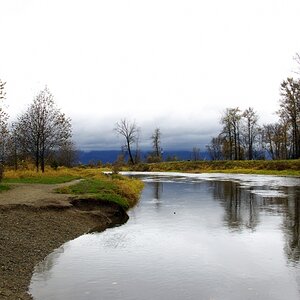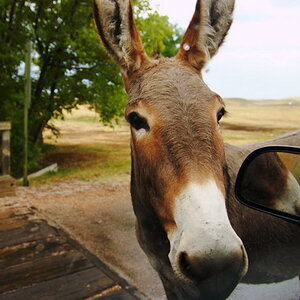VidThreeNorth
No longer a newbie, moving up!
- Joined
- Oct 21, 2016
- Messages
- 1,175
- Reaction score
- 214
- Can others edit my Photos
- Photos NOT OK to edit
"FotodioX Pro Lens Mount Shift Adapter for Nikon F-Mount Lens to Select Micro Four Thirds-Mount Cameras"
B&H # FOPSLMANGLM
MFR # NK(G)-MFT-PRO-SHIFT
Price ~$86 US.
Basics:
If you do not know "shift" and "tilt" basics, there are a few good videos that will give you enough background. There are probably web pages too, but I have not looked for them. There have been books as well, but I do not have one handy.
This video is long (18:14), but it is well presented and quite thorough. If I had found a clip featuring my particular setup, I might well have still chosen this clip or something else. One should understand that the basics have nothing to do with "brands" or specific mechanical approaches.
"Tilt-Shift Lens Basics with Vincent Laforet -- Explore Tilt Shift Lenses in New York City at night", posted by "LowLightVideos", May 26, 2014,
Report:
I was warned that this product would not work with the Olympus OM-D series bodied cameras, but unfortunately, that is not the extent of the problems. There were more. In the end, I am able to get around the problems, but I would suggest that anyone interested should look to other similar products. However, it is possible that other "branded" products might not be better.
I will be uploading sample pictures later. They were taken with a used Nikkor 28mm F3.5 lens which I bought mainly for its price and known quality. I knew at the time that this combination of lens and adapter would not be "spectacular", but it would be enough to use as a beginning test setup. In general, for "tilt" functions, a lens as long as 28 mm, and even longer, can be quite good, but for "shift" functions, wider lenses, like 20mm and wider would are more generally useful. I did get some images which benefitted by this combination, but the amount of benefit is not as great.
Possible Usage:
Possible subject matter that might benefit from this particular combination are: small architectural (small houses), cars -- particularly when photographed in front of buildings, and perhaps portraiture.
Other Brands:
Here is an example of a different brand product with similar intent. I have never seen or used it. I am simply pointing out that there are alternatives available:
"Kipon Shift Adapter for Canon EOS EF Lens to Micro Four Thirds M4/3 MFT Camera"
- ebay seller: "sh_photo_1 (1680 )" price $198.00 US + $20.00 US shipping
About The Pictures:
NOTE: This set of pictures was taken using a Panasonic GF3 which has the following deficiencies:
1. cannot force "fill flash", it is always "automatic" once you turn it on at all. Some pics have flash and some don't, not really my choice
2. NO Manual focus -- ironic when regarding this subject matter
"P1010266_JPG-a-rsz1640-C1.JPG"
The size discrepancy of the mounting flange on the body and the width of the adapter is the source of most of the problems. The outer diameter of blue ring at the "back" of the adapter is ~66 mm.
"P1010278c-Crop01-C1.JPG"
This detail crop shows that the adapter cannot be mounted on the OM-D bodies (in this case, the EM10) because the top "hump" protrudes and the blue ring blocks the mount. I do not know if the latest upper line Panasonics will work. Their body design is similar in this way.
"P1010283a-rsz1640-C1.JPG"
The blue ring is larger than the height of the Yi-M1 and, most importantly, when mounted on a tripod, the base of the camera is not supporting the weight because the blue ring extends below the bottom of the camera. This might not be a problem on some other M43 bodies -- but I expect that it is a problem on most of them.
"P1010285a_JPG-rsz1640-C1.JPG" and "P1010286c_JPG-rsz1640-C1.JPG"
These two images show that the release levers which allow the mount (and the lens) to rotate are blocked by the tripod mount. To rotate the lens past this point requires un-mounting the body. In this case the tripod can be modified to accommodate the adapter, but So far, I have not needed that rotation angle so I have not made the modification. I do not think I can buy more spares of the tripod part, so I am reluctant to do so. Image "285a" shows the side view and "286c" shows it about 45 degrees off the front view.
"P1010293a_JPG-rsz1640-C1.JPG"
The problem illustrated here is that the lock points for the mount rotation do not line up to true horizontal. The vertical lock points are off by the same amount.
B&H # FOPSLMANGLM
MFR # NK(G)-MFT-PRO-SHIFT
Price ~$86 US.
Basics:
If you do not know "shift" and "tilt" basics, there are a few good videos that will give you enough background. There are probably web pages too, but I have not looked for them. There have been books as well, but I do not have one handy.
This video is long (18:14), but it is well presented and quite thorough. If I had found a clip featuring my particular setup, I might well have still chosen this clip or something else. One should understand that the basics have nothing to do with "brands" or specific mechanical approaches.
"Tilt-Shift Lens Basics with Vincent Laforet -- Explore Tilt Shift Lenses in New York City at night", posted by "LowLightVideos", May 26, 2014,
Report:
I was warned that this product would not work with the Olympus OM-D series bodied cameras, but unfortunately, that is not the extent of the problems. There were more. In the end, I am able to get around the problems, but I would suggest that anyone interested should look to other similar products. However, it is possible that other "branded" products might not be better.
I will be uploading sample pictures later. They were taken with a used Nikkor 28mm F3.5 lens which I bought mainly for its price and known quality. I knew at the time that this combination of lens and adapter would not be "spectacular", but it would be enough to use as a beginning test setup. In general, for "tilt" functions, a lens as long as 28 mm, and even longer, can be quite good, but for "shift" functions, wider lenses, like 20mm and wider would are more generally useful. I did get some images which benefitted by this combination, but the amount of benefit is not as great.
Possible Usage:
Possible subject matter that might benefit from this particular combination are: small architectural (small houses), cars -- particularly when photographed in front of buildings, and perhaps portraiture.
Other Brands:
Here is an example of a different brand product with similar intent. I have never seen or used it. I am simply pointing out that there are alternatives available:
"Kipon Shift Adapter for Canon EOS EF Lens to Micro Four Thirds M4/3 MFT Camera"
- ebay seller: "sh_photo_1 (1680 )" price $198.00 US + $20.00 US shipping
About The Pictures:
NOTE: This set of pictures was taken using a Panasonic GF3 which has the following deficiencies:
1. cannot force "fill flash", it is always "automatic" once you turn it on at all. Some pics have flash and some don't, not really my choice
2. NO Manual focus -- ironic when regarding this subject matter
"P1010266_JPG-a-rsz1640-C1.JPG"
The size discrepancy of the mounting flange on the body and the width of the adapter is the source of most of the problems. The outer diameter of blue ring at the "back" of the adapter is ~66 mm.
"P1010278c-Crop01-C1.JPG"
This detail crop shows that the adapter cannot be mounted on the OM-D bodies (in this case, the EM10) because the top "hump" protrudes and the blue ring blocks the mount. I do not know if the latest upper line Panasonics will work. Their body design is similar in this way.
"P1010283a-rsz1640-C1.JPG"
The blue ring is larger than the height of the Yi-M1 and, most importantly, when mounted on a tripod, the base of the camera is not supporting the weight because the blue ring extends below the bottom of the camera. This might not be a problem on some other M43 bodies -- but I expect that it is a problem on most of them.
"P1010285a_JPG-rsz1640-C1.JPG" and "P1010286c_JPG-rsz1640-C1.JPG"
These two images show that the release levers which allow the mount (and the lens) to rotate are blocked by the tripod mount. To rotate the lens past this point requires un-mounting the body. In this case the tripod can be modified to accommodate the adapter, but So far, I have not needed that rotation angle so I have not made the modification. I do not think I can buy more spares of the tripod part, so I am reluctant to do so. Image "285a" shows the side view and "286c" shows it about 45 degrees off the front view.
"P1010293a_JPG-rsz1640-C1.JPG"
The problem illustrated here is that the lock points for the mount rotation do not line up to true horizontal. The vertical lock points are off by the same amount.
Attachments
As an eBay Associate we earn from qualifying purchases.


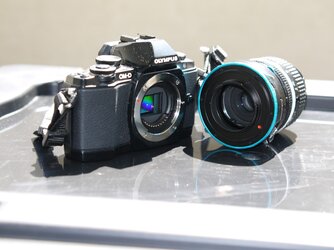
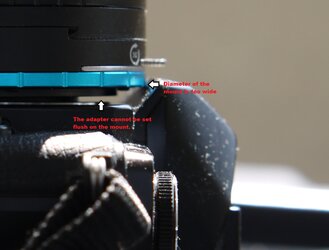
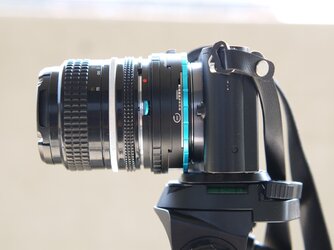

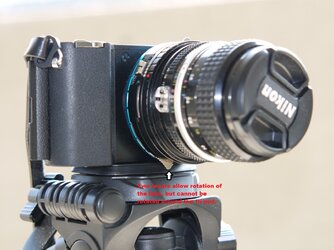
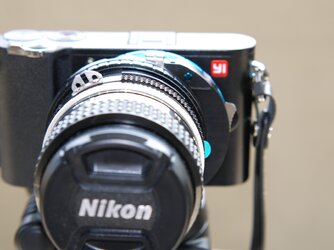



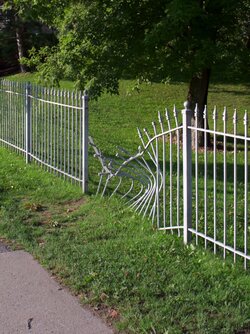
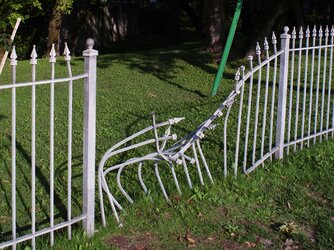
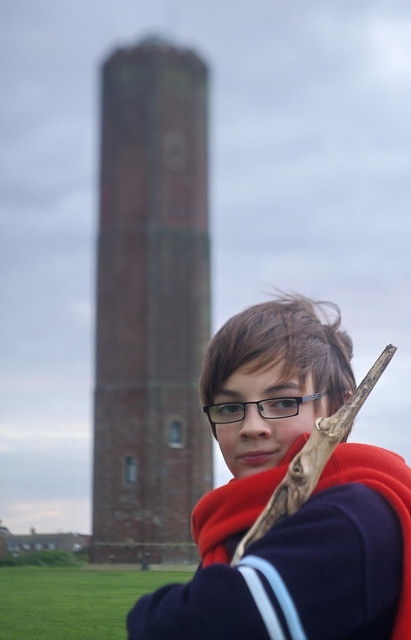 freelensing portrait
freelensing portrait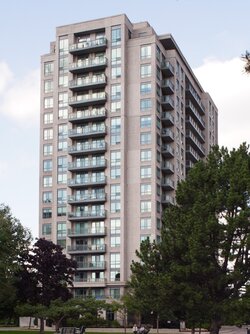
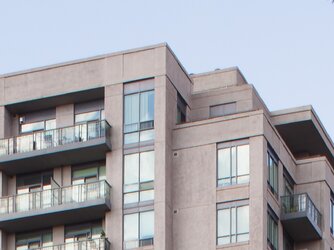

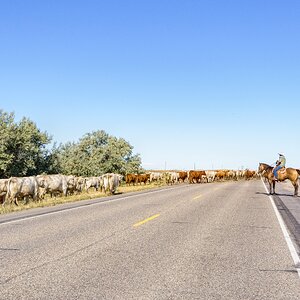
![[No title]](/data/xfmg/thumbnail/36/36303-10b1a386a9a00cf90fb7605d2d2c48c1.jpg?1619737497)

![[No title]](/data/xfmg/thumbnail/36/36299-468f060314a0ac2bf5e37da1c33149d2.jpg?1619737493)
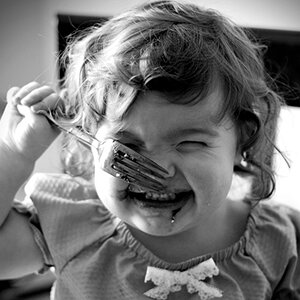
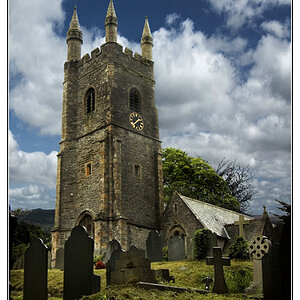
![[No title]](/data/xfmg/thumbnail/31/31703-20d81c98f43a64450882572a96c8f266.jpg?1619734962)
![[No title]](/data/xfmg/thumbnail/31/31090-4f0653c24dc61d2950c0fea87eb4d827.jpg?1619734606)
![[No title]](/data/xfmg/thumbnail/31/31089-cc3a7a6049305e29a6be920fad49acce.jpg?1619734605)
